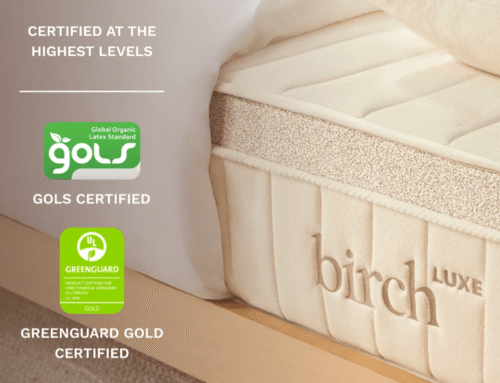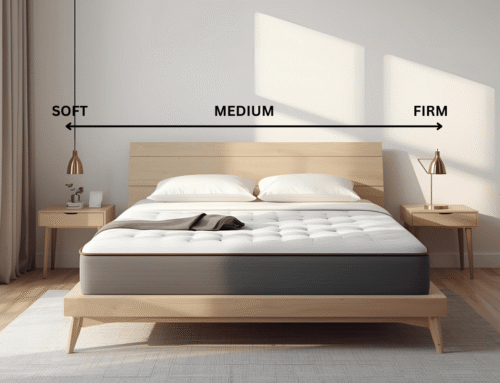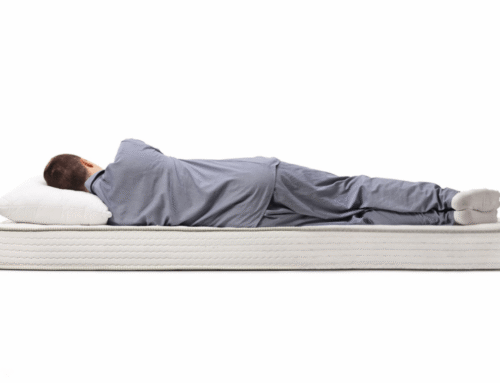A memory foam mattress shows deep body impressions sooner than many expect, which leads to uneven support and discomfort over time. Plenty of sleepers share that foam loses bounce quickly, especially in cheaper models. Reviews indicate memory foam beds last around six to eight years before signs of sagging become impossible to ignore.
A hybrid mattress usually resists body impressions longer since coils provide stronger support beneath the foam layers. Many owners mention hybrids stay comfortable past seven years, though low-quality coils may squeak or break earlier. Quality hybrids with pocketed coils and dense foams tend to feel supportive and keep their shape longer than all-foam options.
Both styles have benefits, yet hybrid construction is more durable for those who want a longer lifespan and stable support. Hybrids cost more upfront, yet complaints about early sagging appear less frequently than with memory foam.
We will break down exactly how these materials compare in durability and comfort so buyers know what truly deserves their investment before deciding whether hybrid or memory foam mattress suits their needs better, whether innerspring or hybrid mattress provides more advantages, and important details to consider before buying a hybrid mattress.
Key Takeaways
- Hybrid mattresses usually last longer than budget memory foam because their supportive coils and denser comfort layers resist sagging over time.
- Durability depends more on material quality than mattress type, both high-density memory foam and premium hybrids can hold up well for 8 to 10 years with proper care.
- Support varies by sleeper. Memory foam gently cradles the body but may lack the firm pushback that hybrids provide, which is better for back pain and spinal alignment.
- Hybrids tend to sleep cooler due to breathable coils and fabrics that release heat more effectively than dense foam, which can trap warmth overnight.
- Price reflects build quality. Hybrids generally start higher than memory foam, but features like latex layers and cooling fabrics add value worth the cost.
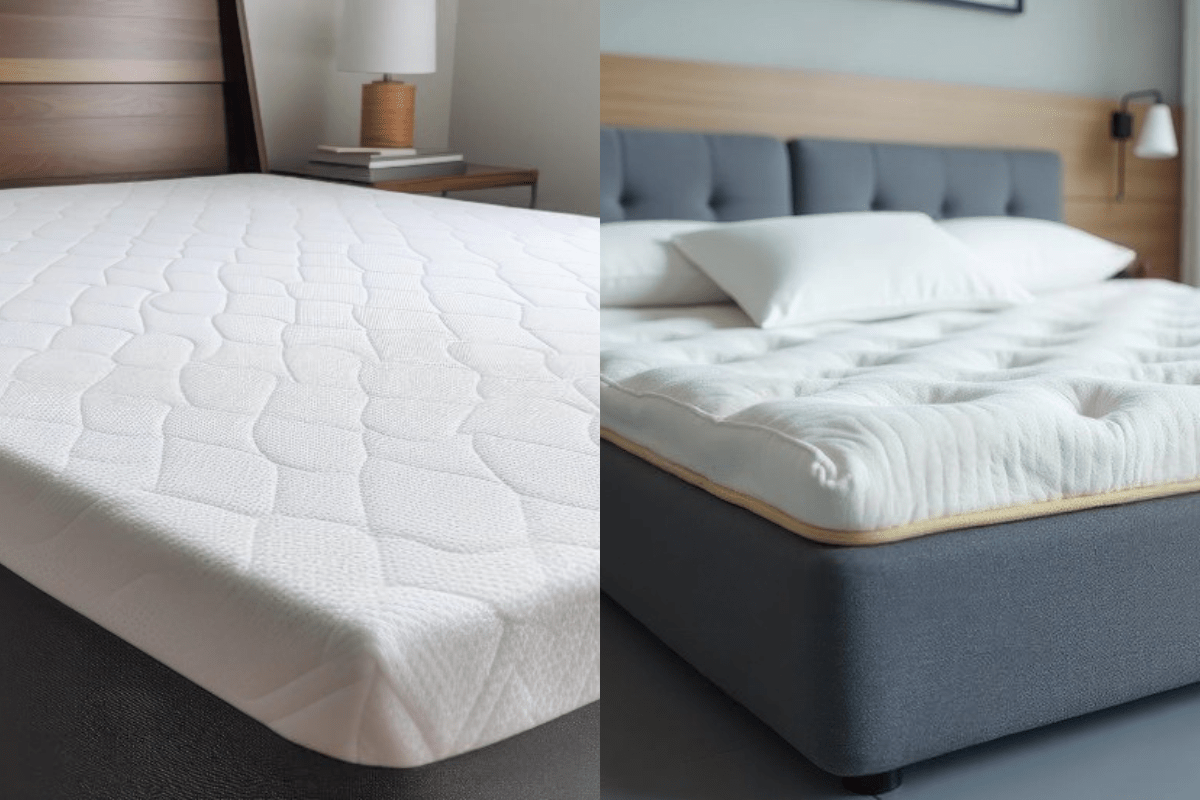
Durability
High-density memory foam, especially above 5 lb per cubic foot, usually keeps its shape and support for 7 to 10 years, while lower-density foam starts sagging sooner. Soft spots and deep body impressions can appear within just a few years if the foam lacks sufficient density. Cheaper foams rarely hold up well under daily use, which causes uneven surfaces and discomfort over time.
Hybrids with strong pocketed coils and dense comfort layers tend to maintain their structure longer, lasting 8 to 10 years with regular rotation and care. Many hybrids use latex or high-quality foam above the coils, helping them stay supportive and reduce early sagging. Poorly made hybrids, though, can break down as quickly as budget memory foam due to flimsy coils or cheap top layers.
Comparing budget memory foam with a solid hybrid shows hybrids usually outlast foam in both support and durability. However, combining premium memory foam with a decent hybrid reveals similar lifespans since both use dense and resilient materials that keep the mattress comfortable and sturdy for many years. People need to know the timeline for expansion, the effects of sleeping on a hybrid mattress too soon, the maximum time a hybrid mattress can stay in the box, and the period it takes to break in a hybrid mattress since these details can impact the mattress’s long-term performance.
Support
Support is important in keeping the spine aligned during sleep, which helps avoid stiffness or soreness in the morning. Memory foam provides a soft and contouring cradle that eases pressure points on shoulders and hips, yet it usually lets heavier parts dip further than ideal, which may cause misalignment for some sleepers. Those who prefer a plush surface usually enjoy this feeling, though it can be challenging for anyone needing more pushback.
Hybrid mattresses combine foam comfort layers with a coil system beneath for a balance of cushion and firm responsiveness that maintains a more even surface throughout the night. The coils compress and rebound as needed, which keeps the body from sagging while allowing enough softness to relieve tension. This construction is great for side or combination sleepers who toss and turn since it helps them shift without feeling stuck.
People with broader shoulders or heavier midsections benefit from hybrids because of the extra lift the coils provide, which supports healthy posture and reduces the chance of waking up sore. Memory foam suits those who want a hugging sensation without much motion transfer, but it sometimes sacrifices alignment compared to hybrids that use springs for consistent support across different body types. Choosing between a hybrid or memory foam mattress for back pain depends largely on individual support needs, body type, and sleep position preferences.
Comfort
Comfort is a key factor since a mattress losing its pleasant feel can feel just as frustrating as one breaking down. A bed may look fine on the outside, yet if it starts to feel uneven or unsupportive and restful sleep slips away. Many sleepers believe comfort plays a big role in how long a mattress stays usable.
Memory foam usually gives a soft and contouring feel as it reacts to body heat and pressure, creating a cushioned cradle. Some appreciate sinking into this embrace, feeling relief around shoulders and hips. However, lower-quality foams soften too quickly, so the surface feels saggy and uncomfortable sooner.
Hybrid mattresses deliver a firmer or more balanced surface, shaped by comfort layers like latex or foam combined with coils. These beds keep their shape better over time, and sleepers enjoy consistent support. Their design promotes airflow through the springs, which helps reduce heat buildup during the night. Understanding the difference between gel memory foam and hybrid mattress shows that gel memory foam offers cooling properties and pressure relief while hybrid mattresses combine these features with the support and airflow benefits of coils.

Motion Transfer
Sharing a bed shows how important motion control is. If one person moves a lot or gets up in the night, it can easily wake the other.
Memory foam helps with this. Its dense layers absorb movement, so shifts on one side don’t travel across the bed. That means you’re less likely to be disturbed and can sleep better. Hybrid mattresses with coils can spread more movement because the springs react together. But not all hybrids are the same. Some use pocketed coils—each spring moves on its own—and add foam on top. This setup reduces motion better than older coil designs and still gives support.
If avoiding sleep disruptions is your goal, memory foam is the quietest option. But if you want a bit of bounce without too much movement, a hybrid with pocket coils and foam might be a good middle ground.
Cooling
Memory foam can feel hot because it holds onto body heat. The foam is dense, so air can’t move through it easily. Some companies add cooling gels or say their foam has better airflow, but most people still say they get too warm at night, especially when it’s hot.
Hybrid mattresses are cooler because they have coils. These coils leave space for air to flow through the bed. That space helps heat escape, so your body doesn’t stay too warm. If the mattress also has breathable fabric, like cotton or wool, it can feel even cooler.
If you often wake up sweaty or live in a warm place, a hybrid with latex or cooling fabric might help. It also spreads heat across the bed, which can make things more comfortable if you’re sharing it with someone.
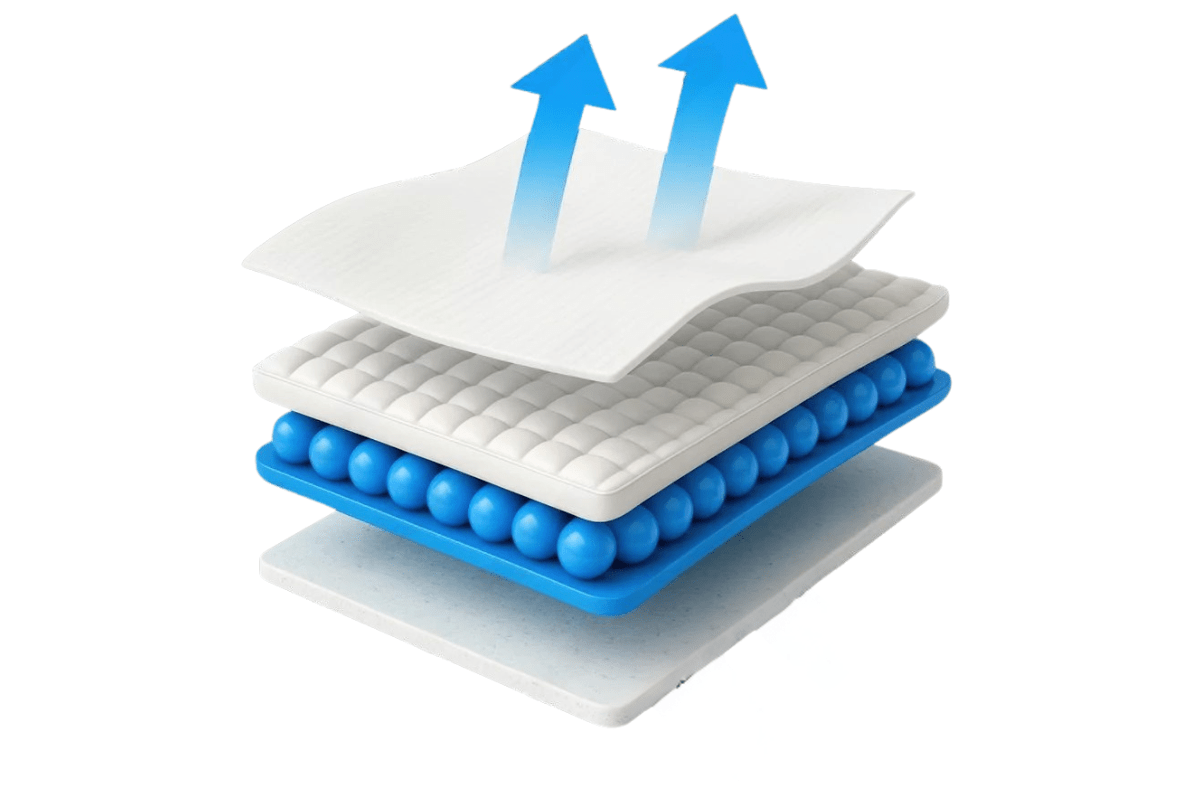
Price
Mattress prices depend on things like the brand, materials, and size. Basic memory foam beds usually cost between $500 and $900. If you’re looking at higher-end memory foam, expect to pay anywhere from $900 to over $2,000, especially if the mattress has cooling features or extra support. Some people say it feels more comfortable, but not everyone thinks the upgrade is worth it.
Hybrid mattresses that mix foam and coils tend to start around $700 and go up to about $1,200. These are a good option if you want more bounce or airflow without spending too much. People who want better edge support or less motion when someone moves often choose hybrids. But quality can vary, so it’s not always easy to decide.
More expensive hybrids—those that use latex or denser foam—can cost between $1,200 and $2,500. These often give better support and help relieve pressure, especially for heavier people. They also tend to last longer and don’t sag as fast. Still, it’s a big investment, so many people think twice before buying.
Pros And Cons
Memory foam mattresses provide excellent pressure relief, especially for side sleepers. They also minimize motion transfer effectively, helping partners sleep without disturbance. However, memory foam tends to retain heat and can feel warmer throughout the night.
Hybrids provide firmer support due to their coil systems, which improve airflow and help keep the mattress cooler. The combination of foam and coils generally increases durability compared to all-foam beds. On the downside, hybrids weigh more and prove harder to move or set up.
One trade-off with hybrids involves more noticeable motion transfer, particularly if the coil system lacks advanced features. They also usually come with a higher price tag, which might not fit every budget. Both mattress types present clear strengths and weaknesses depending on personal preferences and sleeping habits.
Maintenance Tips To Extend Mattress Life
Rotating a mattress every three to six months helps distribute wear evenly and prevents sagging in specific areas. Using a waterproof mattress protector guards against spills, stains, and moisture that can damage the materials inside. Allowing the mattress to breathe by airing it out occasionally reduces moisture buildup and keeps it fresh.
For hybrid mattresses, knowing the need for a box spring, the process to compress it, the best ways to move it safely and easily, and understanding its weight are all important for proper maintenance and handling. Avoiding jumping or standing on the mattress preserves the integrity of the internal structure, especially in foam and hybrid models. Promptly spot cleaning any spills prevents stains from setting and reduces the chance of odors developing over time. These simple habits contribute to maintaining the mattress’s comfort and support for longer periods.
Regular care extends the mattress’s lifespan beyond the average expected use, offering better value over time. Taking these precautions also helps maintain hygiene and can delay the need for replacement. Consistent attention to these details creates a healthier sleeping environment and preserves investment in quality bedding.
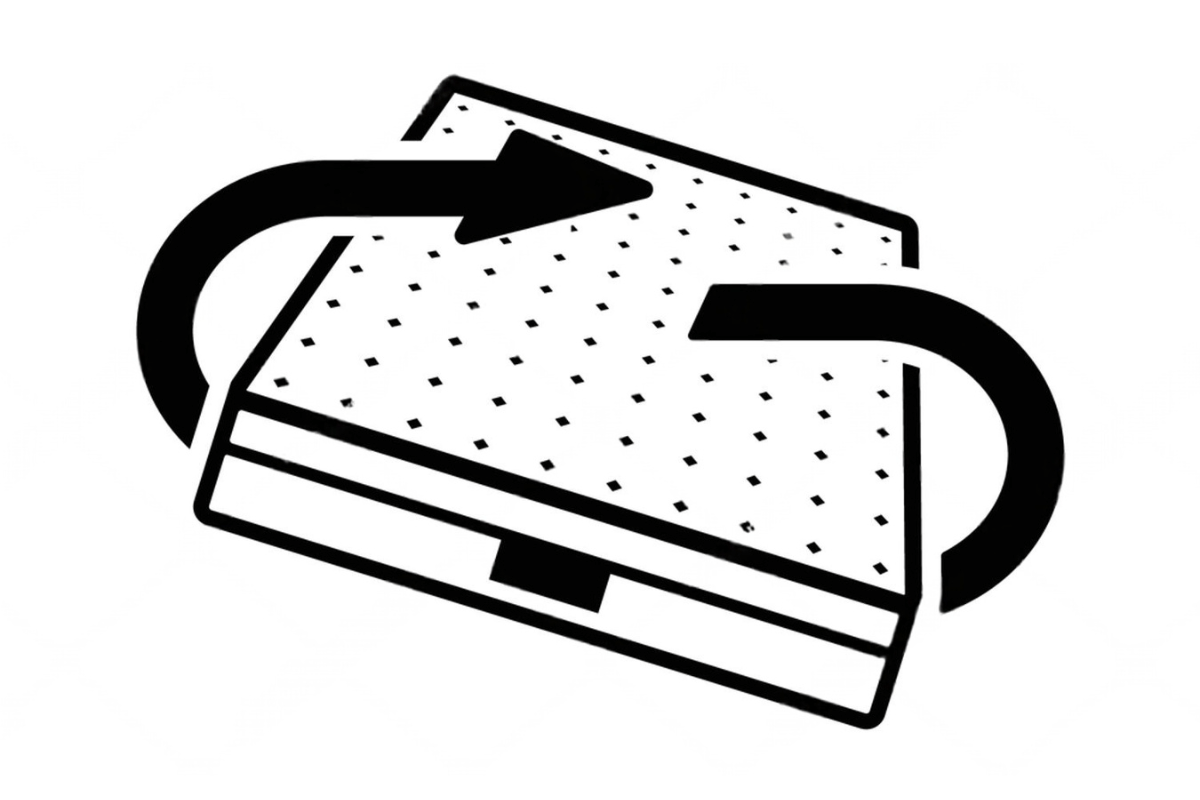
What Mattress Lasts Longer Memory Foam Or Hybrid?
High-quality memory foam and high-quality hybrid mattresses can both last about 8 to 10 years depending on materials, but average hybrid mattresses tend to have longer durability. Specifically, because hybrids have a coil support base, they hold up longer and are more durable than typical memory foam in terms of the comfort layers.
For example, memory foam mattresses offer a softer more contouring feel that closely adapts to the body which reduces motion transfer. Hybrids have a firmer support with more airflow and a cooler experience over the years. The types mentioned affect how each type will wear and perform over the years.
Durability comes down to the quality of components, not mattress type. Sleepers should think about their firmness and temperature needs with respect to construction quality for a mattress to provide comfortable support for several years.
Final Thoughts
Choosing a mattress goes beyond just comfort on the first night; it affects sleep quality for years to come. Understanding the materials inside helps ensure good value and durability. Investing time to learn about construction can prevent disappointment down the road.
Memory foam and hybrid mattresses each have different benefits, but hybrids with pocketed coils combined with quality foam or latex tend to provide more consistent support over time. These designs often balance pressure relief and airflow better than all-foam options. Longevity and responsiveness remain strong points for hybrids.
Testing mattresses firsthand remains the best way to determine what suits personal preferences and sleep needs. Individual bodies react differently, so trying several models can clarify which mattress truly fits. Comfort and support should feel natural and not forced.

